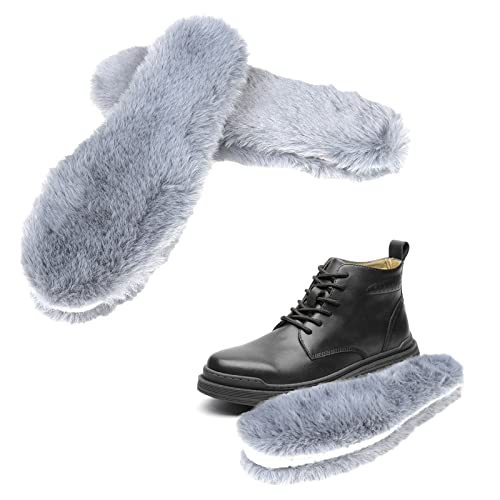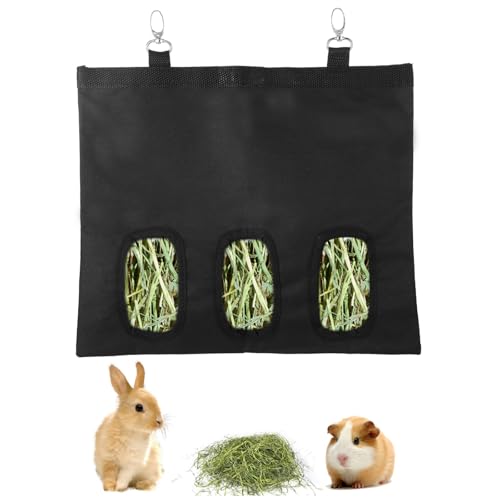Besides the obvious DQs, I’m more asking about like narrow heads, pinched/narrow hocks, thin folded ears, maybe doesn’t pose the best/long in midsection/slopes off too soon etc
How many things against the rabbit are you ok with? Cause I know it’s hard to get everything onto the perfect rabbit. Which things are worth sacrificing on a “parts” rabbit to work towards a “whole/perfect” rabbit?
I agree with
@ladysown - culling any structural defects is at the top of the list. Narrow/pinched hindquarters are definitely one of those. Malocclusion, even slight, is another big one in the dwarf breeds, especially those with big/blocky heads like Netherland Dwarfs and Holland Lops; Polish are moving that direction too. Long shoulders have seemed to me a fault that is difficult to eliminate in all the breeds I've worked with, so I am vigilant about that as well.
Then look at the Standard of Perfection to see where the highest point values are. For NDs, there are 70/100 points on type, with 35 of those on body, and 30 on head and ears combined (15 points each). Those should be your focus.
Color is also 15 points, so that's important, but if NDs don't have the proper type, color won't get them to the top. Do watch out for scattered white hairs and mismatched toenails - those have a tendency to get worse over generations if unchecked, and will creep up on you and ruin an otherwise good show prospect.
You have to watch size/weight on dwarfs, but I tend to put that at the lower end of my selection priorities. In fact I prefer to keep the larger false dwarf does as brood stock, as long as they have the other characteristics I'm looking for. After they're seniors they aren't showable anymore, but they tend do have easier births, larger litters, and can feed more bunnies without losing condition. They also have a slight tendency to have better bone.
Why try to get better bone when she can't show mix-breeds?
You can used the mixed breeds to improve your line - it's a long-game approach to improving your herd and the breed in general. All breeds started out as something else; many breeds have records of which predecessor breeds were used to create them.
The general process in any outcross attempt is to find a rabbit that has the characteristics you're looking for and breed it with the ones you already have. You may have to look outside your breed if there isn't a better option in your breed nearby, or if it is a rare breed with a limited gene pool. Choose the best of the mixed-breed litter and breed it back into your line. A sibling cross can sometimes work well in this situation, since the parents are most likely completely unrelated.
It will be three generations until you have purebreds again, but in the meantime you may have many showable rabbits, and will have improve your line permanently. You do need to make sure that you note on the pedigree any rabbits that are from a different breed.
Rabbits at an ARBA sanctioned show are judged purely on how well they conform to the Standard of Perfection (SOP); the rabbit is judged as it presents that day, not on its potential or on its pedigree (a pedigree is not necessary to show a rabbit). If a mixed breed happens to be the best example of the breed, it will win. You can't ever register it with the ARBA or apply for a Certificate of Grand Champion, but it can be the basis of a very successful line of winning rabbits.
I have used this approach with tremendous success in my Satins; I added a Californian to the line about 10 years ago. My daughter crossed a Mini Satin into her Polish a few years ago to eliminate malocclusion problems she was finding in her Blue-eyed Whites, which are pretty severely inbred up here. Both of those worked out very well.








![FHQHTH Faux Rabbit Fur Purse Fuzzy Handbags for Women Evening Handbags Al alloy Shoulder Strap [Rabbit Red]](https://m.media-amazon.com/images/I/41l5Hd2qrhL._SL500_.jpg)






















